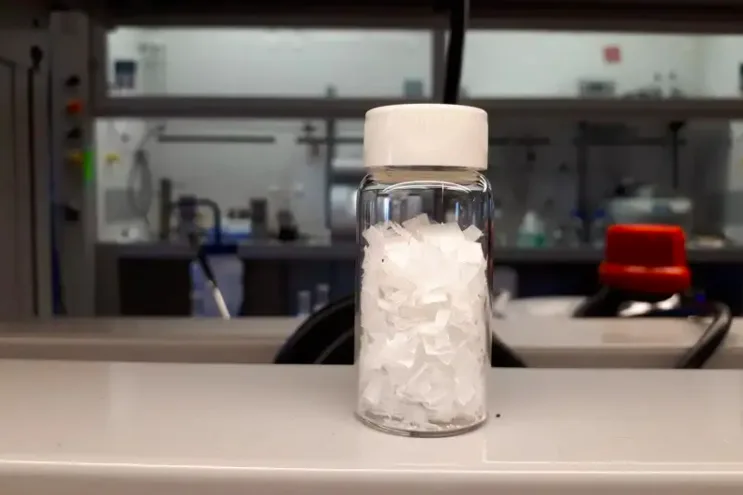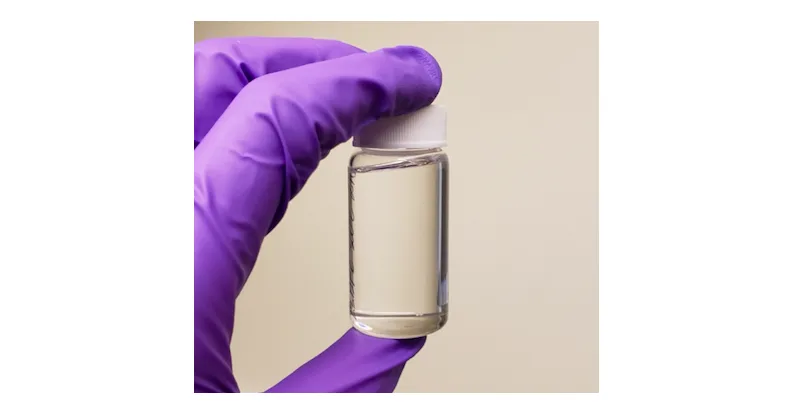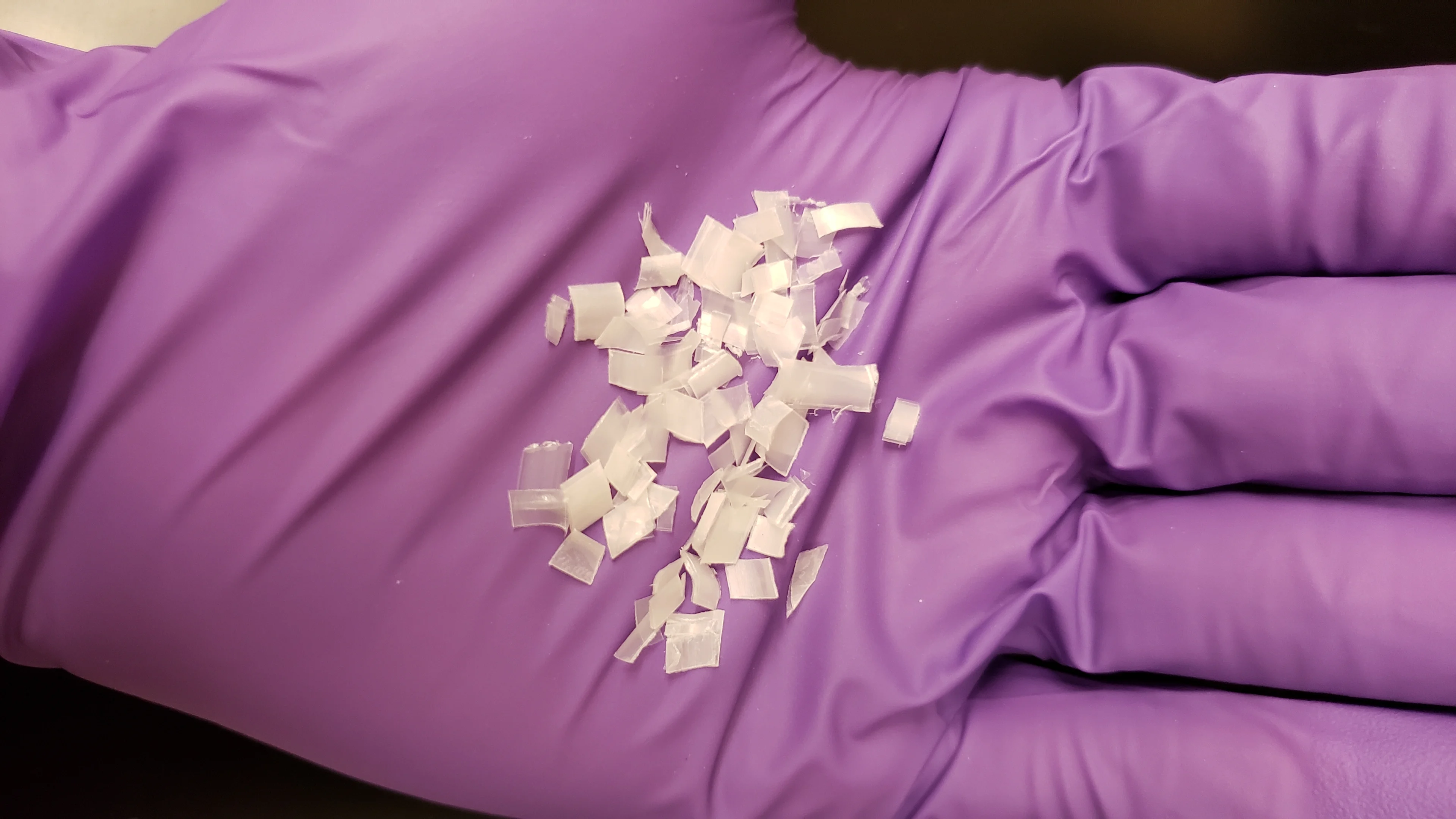
Researchers discover method that converts plastic into jet fuel, diesel
Researchers from the University of Delaware used a new catalyst and hydrocracking to convert plastics into a material that could be used as jet fuel or a lubricant.
Despite our best intentions, most of the plastic that we recycle ends up in landfills. Less than 9 per cent of plastic waste in the U.S. is recycled and scientists from the University of Delaware’s Center for Plastics Innovation are searching for a way to convert this waste into a desirable and useful material.
These researchers recently made a scientific breakthrough and have developed a new method that transforms single use plastic waste into a material that can be used as jet fuel and diesel. Their study was published in Science Advances and reports that a new catalyst and unique method can quickly break down polyolefins, which make up 60 to 70 per cent of all plastics and are one of the most challenging to recycle.
Chunks of plastic were broken down by a process called hydrocracking, which separates the molecules in the material. Hydrogen was added to the carbon molecules that were in the plastic, which creates a material that can easily be used in a variety of applications. For example, the ready-to-use separated molecules could be added to lubricants or fuel and be harnessed for energy.

Filtered product after hydrocracking. Credit: University of Delaware
The study says that their hydrocracking method uses roughly 50 per cent less energy than other technologies and does not release any carbon dioxide. The process is conducted at approximately 250°C, which they say is a low temperature compared to the heat required in other similar technologies.
PRODUCING LESS PLASTIC, REPURPOSING MORE
In the university’s press release, Dion Vlachos, the project principal investigator, says that more research is needed before these scientific findings can be used in industrial applications. “These are not exotic materials, so we can quickly start thinking about how to use the technology,” Vlachos said.
The press release states that the researchers are exploring the types of plastics that they can treat and what products they can make with their ready-to-use molecules. The researchers have filed a provisional patent on their catalyst and method and hope that their findings increase the ways we repurpose plastic pollution.

Plastic materials before they were processed by the researchers. Credit: University of Delaware
The team envisions a future where converted plastic plays “a powerful role in driving a circular economy”, which the researchers define as a scenario “where materials are recycled into something new at the end of their useful lifespan, instead of being thrown away. The recycled components can be used to make the same thing again or, in the case of fuels, upcycled into higher-value products — creating both economic and environmental gains.”
“We want to use green electricity to drive the chemical processing involved in making new things. We are very far away at the moment from seeing this, but that’s where we are headed over the next 10 to 20 years,” Vlachos said.
“The approach removes plastics from the landfill and oceans before decomposing to microplastics and threatening the environment and living organisms including humans. We use little energy and this energy can even be green to take the plastics out of the environment and give them a second life, by repurposing them as fuels and lubricants,” Vlachos said to The Weather Network.
“By doing this, we also use less fuel. When one considers an electrified vehicle fleet of the future, the technology can minimize the use of crude oil used for other products. To give you an idea of how much plastics we can remove, we can get rid of 4,000 disposable masks we use today due to COVID-19, made mainly of polypropylene, to make one quart of motor oil.”
Thumbnail credit: University of Delaware












